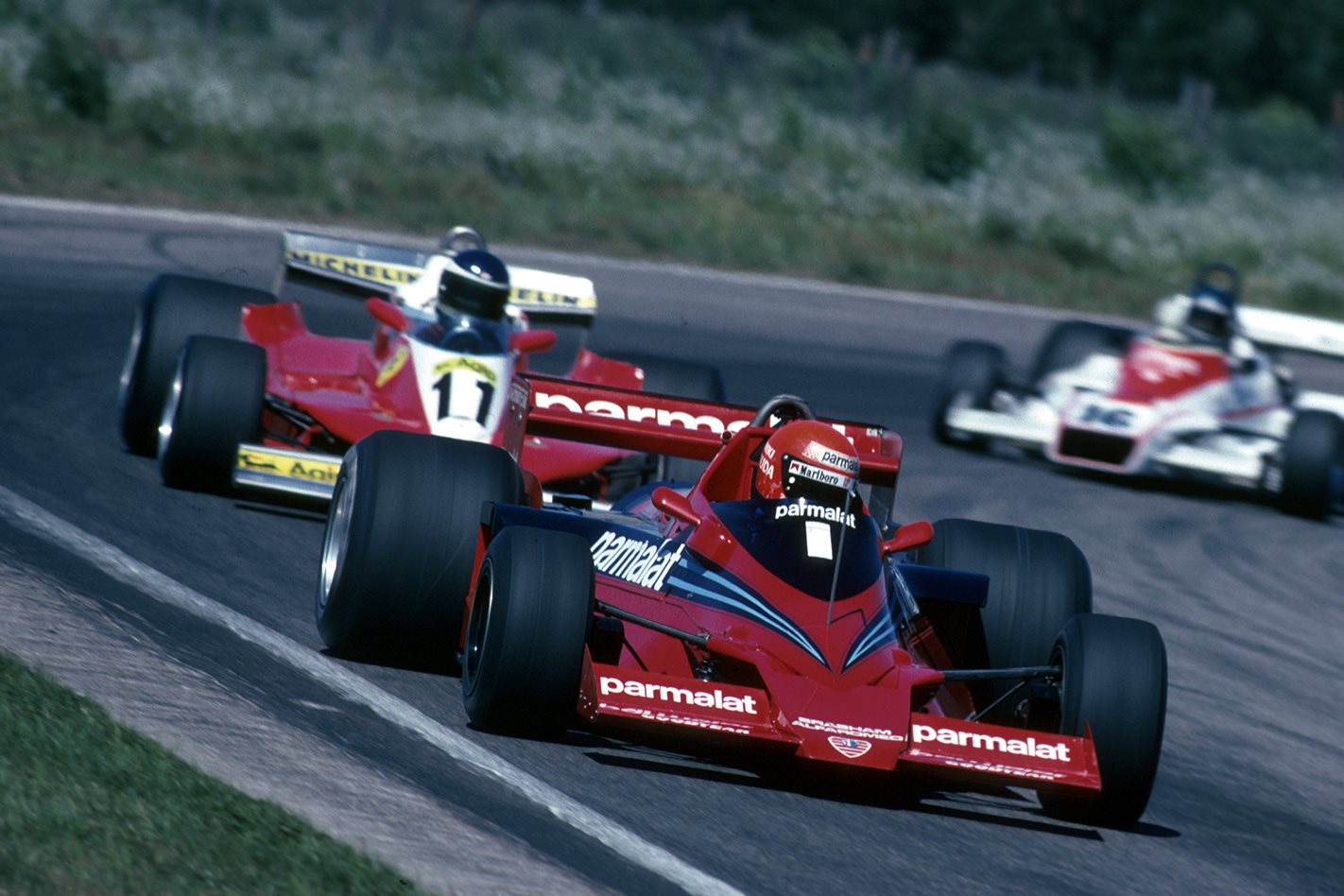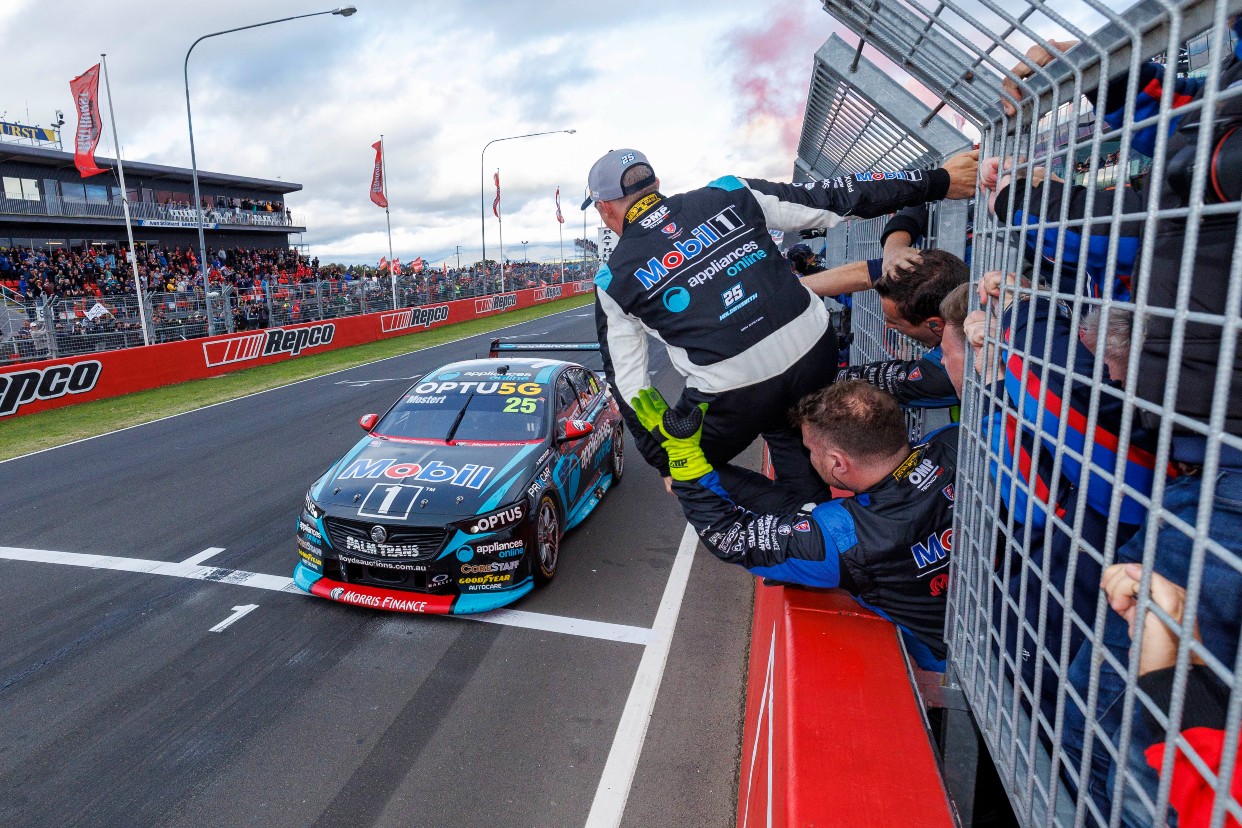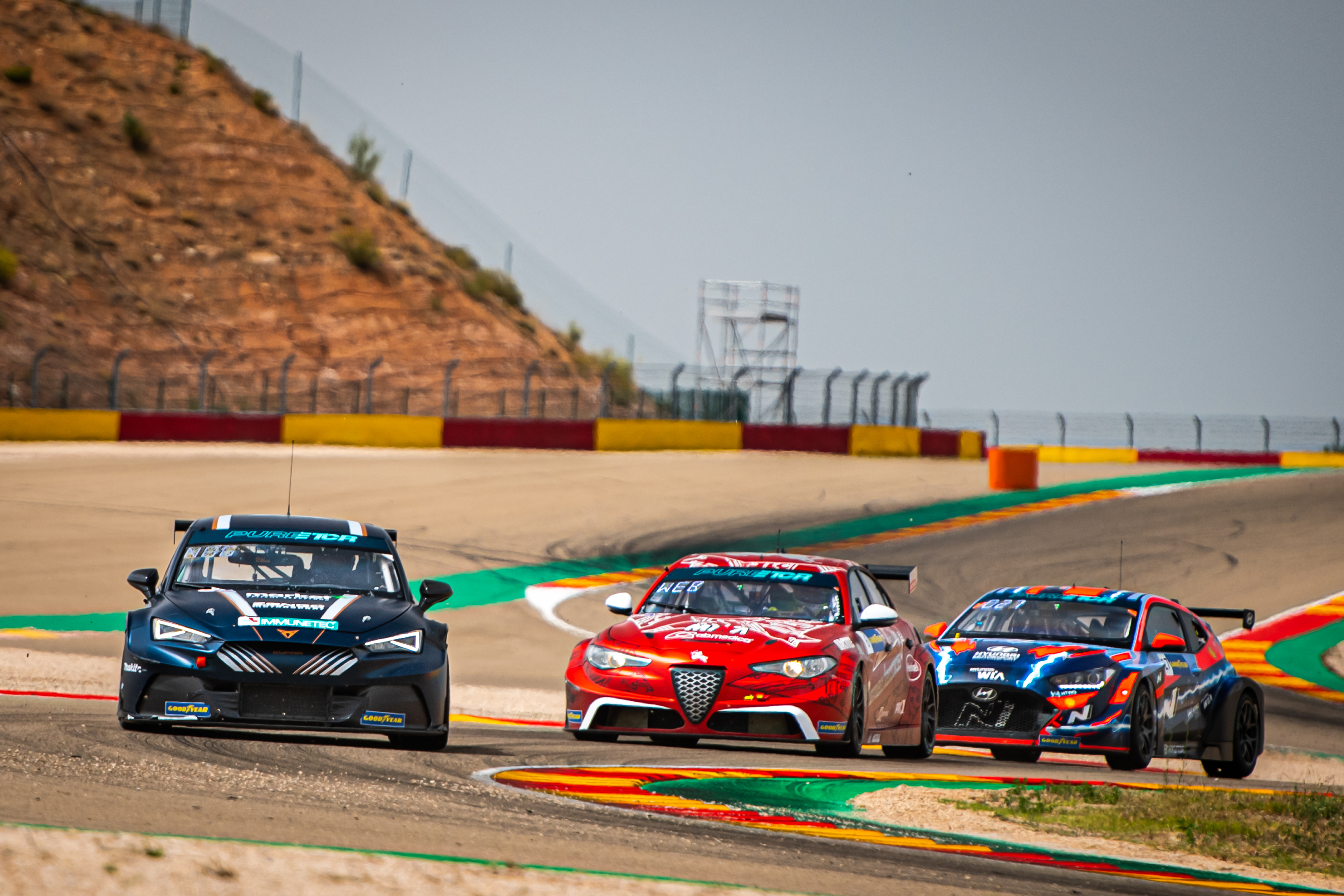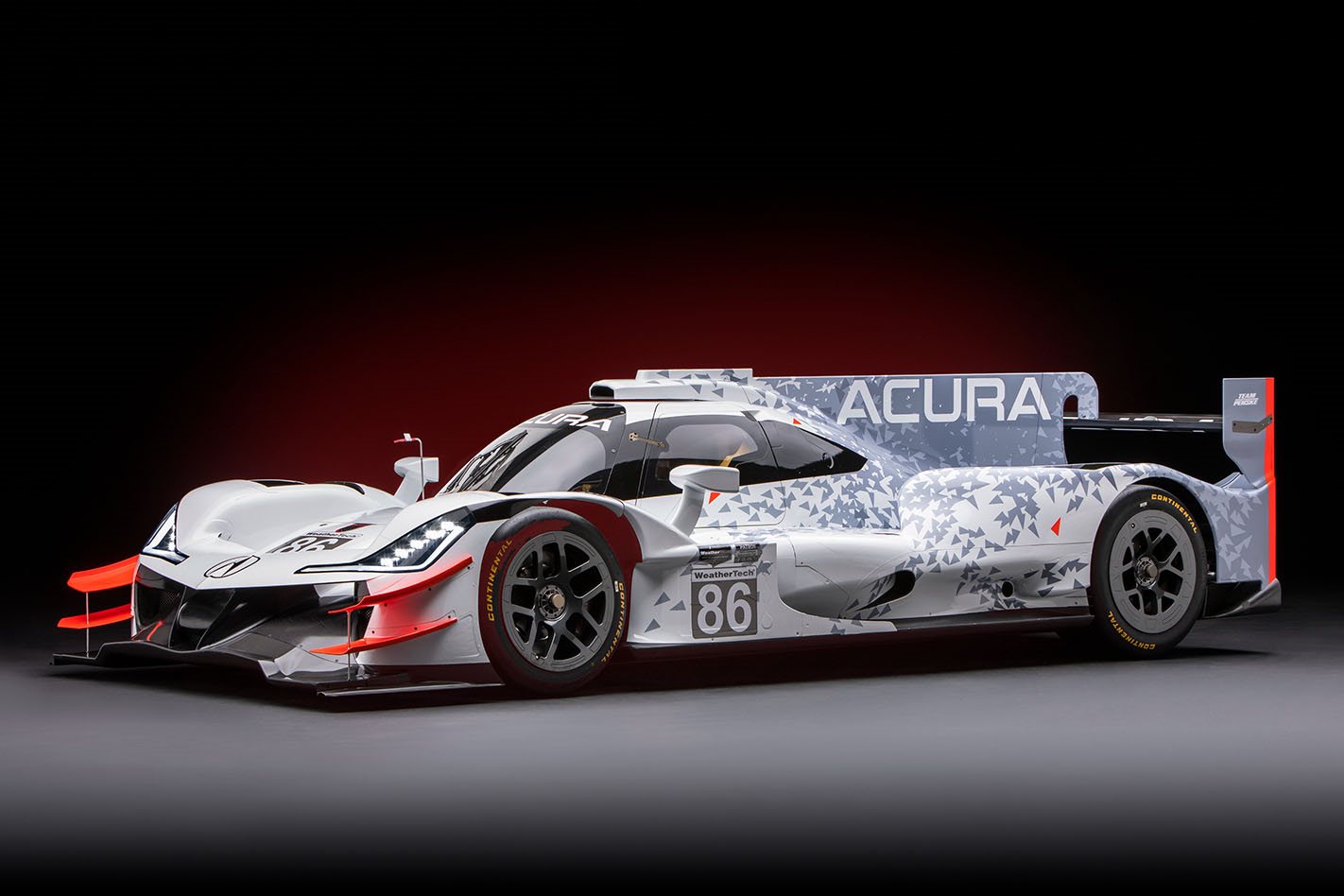THE Brabham name is about to make a comeback. The company behind the iconic name in Australian motorsport has already teased the BT62 road car that will reintroduce Brabham to the world later this week.
To celebrate, we’ve decided to look back at some of the best race cars to wear Brabham’s iconic ‘BT’ designation.
1966 BRABHAM BT19

One of a kind in so many ways, the BT19 is perhaps the car that defines Brabham as a company. Built with budget-constrained ingenuity, it is legendary in F1 circles.
The BT19 is the car Sir Jack Brabham raced to his first championship in 1966, and which toppled Ferrari on the way to the constructors’ title.
The car was built by Motor Racing Developments (MRD), a manufacturer Brabham co-owned with Ron Tauranac, and was designed to be sold to various racing operations on the F1 grid..
Brabham Racing Operations (BRO) was a completely separate company, owned solely by Brabham, which ran the titular race team.
A disagreement between Brabham and Tauranac over the latter’s involvement in the racing business saw MRD take over ownership of BRO for the ’66 season.
But only one BT19 was ever built, and it went on to be the first car bearing its driver’s name to ever win both the Formula 1 world drivers’ and constructors’ championships.
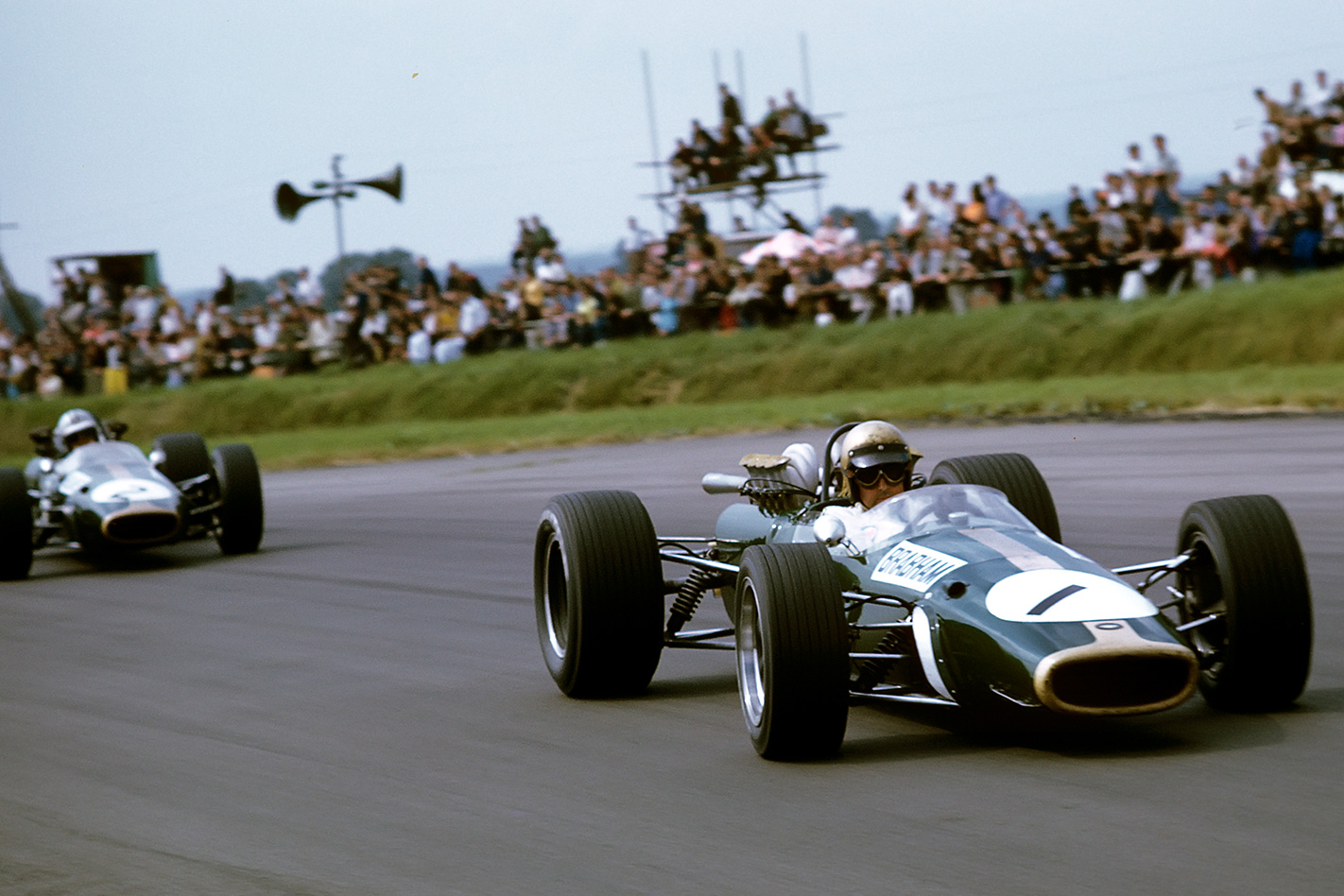
The BT19 was originally designed in 1965 with the intention of running a 1.5-litre engine. However, a rule change for the ’66 season meant it never raced in its original form. The FIA’s regulation changes doubled the allowable engine capacity to 3.0 litres, with Brabham convincing Repco to build a V8 to compete against Ferrari’s 12-cylinder unit.
Repco’s engine was less powerful than Maranello’s but it was lighter, more fuel efficient, and easier to fix, allowing Brabham and the BT19 to take home both championships that year.
From just 10 world championship races, the BT16 won six races, six poles, and earned a quartet of fastest laps.
1978 BRABHAM BT46B ALFA ROMEO ‘FAN CAR’
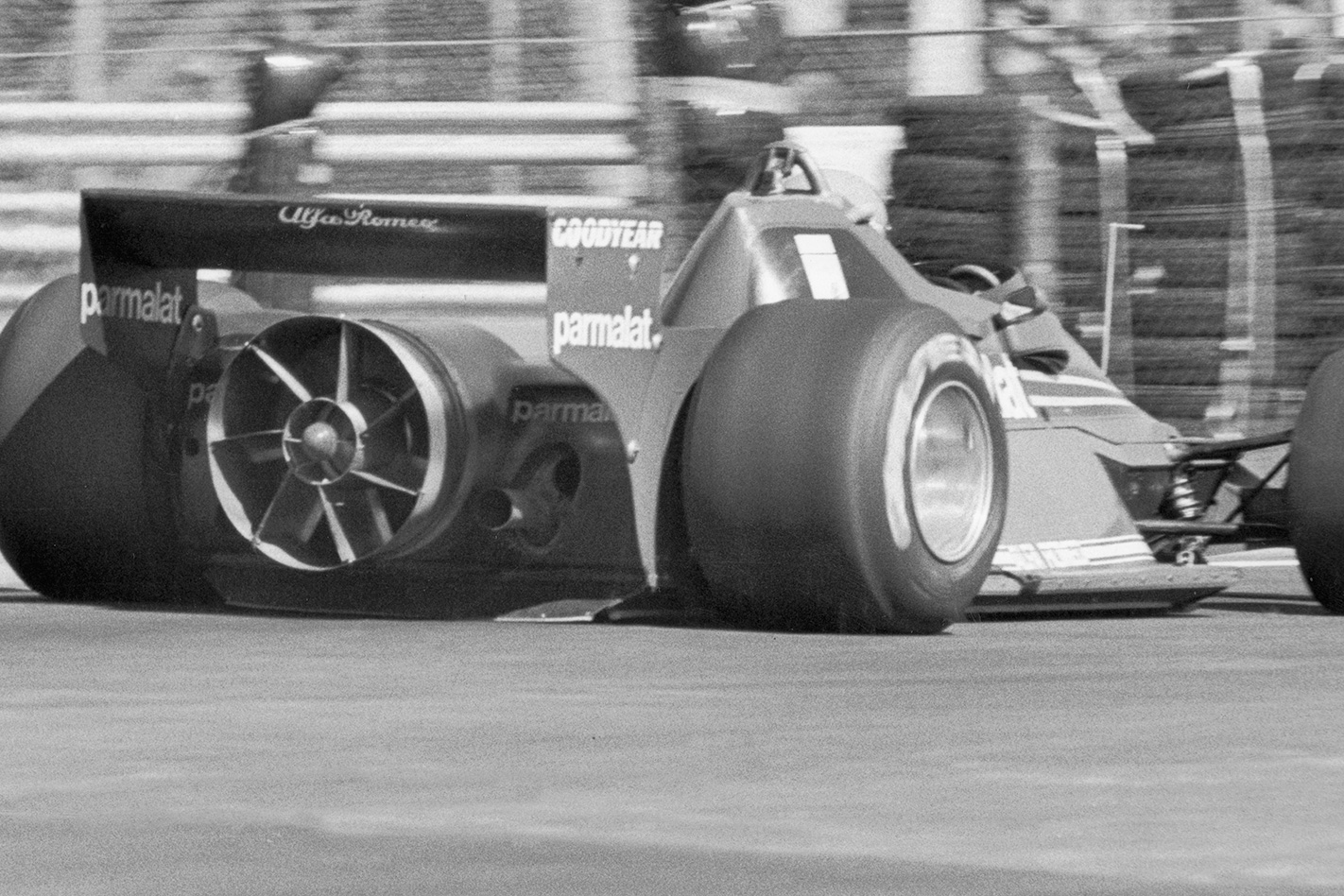
Depending on who you supported in ’78, the BT46B was either a brilliant innovation, or blatant bending of the rules.
Known commonly as the “Fan Car”, the BT46B was built by the Brabham team when it was owned by Bernie Ecclestone and competed as the factory Alfa Romeo squad. The BT48B was developed by legendary designer Gordon Murray, and campaigned just a single race.
An evolution of the BT48, the B variant was introduced in an effort to even the playing field against the Lotus 79 – a car using ground-effects to dominate the grid.
A large fan was placed at the rear of the car, under the pretence of increasing cooling for the engine, but in practice it helped generate huge amounts of downforce.
The car won its first, and only, race – the 1978 Swedish Grand Prix at Anderstorp – at the hands of Niki Lauda.
While rivals teams protested the car, the FIA ruled it could be used for the remainder of the season.
However, the ‘Fan Car’ would only compete once, with Brabham withdrawing the design after the Swedish Grand Prix, and the FIA closing the loophole that allowed it to exist at year’s end.
1981 BRABHAM BT49C

Technical regulations introduced for the ’81 season demanded a minimum ride height of 60mm, with sliding skirts banned – it was meant to limit the impact of ground effects and slow the cars.
An evolution of the BT49, the “C” variation added a front wing to make up for the lost downforce, while designer Gordon Murray devised a hydro pneumatic suspension system that rival teams claimed broke the rules.
The BT49C used soft air springs to support the car at the regulated height for inspection while parked up. But when at speed, where the ride height could not be measured, downforce compressed the air and the car settled to a much lower height, creating more downforce.
Then, in order to allow ground effects to work with fixed skirts, the suspension had to be stiff enough to allow a consistent seal around the sides of the car. At the end of the season, it was reported total suspension travel was just 38mm, with half of that coming from tyre compression.
Nelson Piquet used the BT49C to win the ’81 drivers’ championship, with Brabham finishing runner-up in the constructors’ battle.
1983 BRABHAM BT52

Another Gordon Murray creation, the BT52 took part in the ’83 F1 season, when ground-effects cars were banned for good after the FIA mandated all cars be designed with flat undersides.
The ruling was made with just six weeks until the season opener, and the Brabham team had already built three cars which were now useless.
Murray made a bold design choice in moving 70 percent of the car’s weight to the rear, with short angular sidepods designed to keep lift to a minimum and aid traction.
Driven by Nelson Piquet, it seemed the Brazilian might be able to win a second title with the BT52, but the Brabham driver suffered a humbling mid-season slump.
But Murray wasn’t done developing the BT52, and the car was updated after the Canadian Grand Prix to the “B” variant.
In the last seven races Piquet and the BT52B won twice, and finished on the podium at another two events on his way to the claiming the drivers’ title.
It was the first time a turbocharged car won the F1 drivers’ championship, with the BT52 powered by BMW’s fearsome M12/13 engine
1988 BRABHAM BT57 ALFA ROMEO 164 ‘PROCAR’
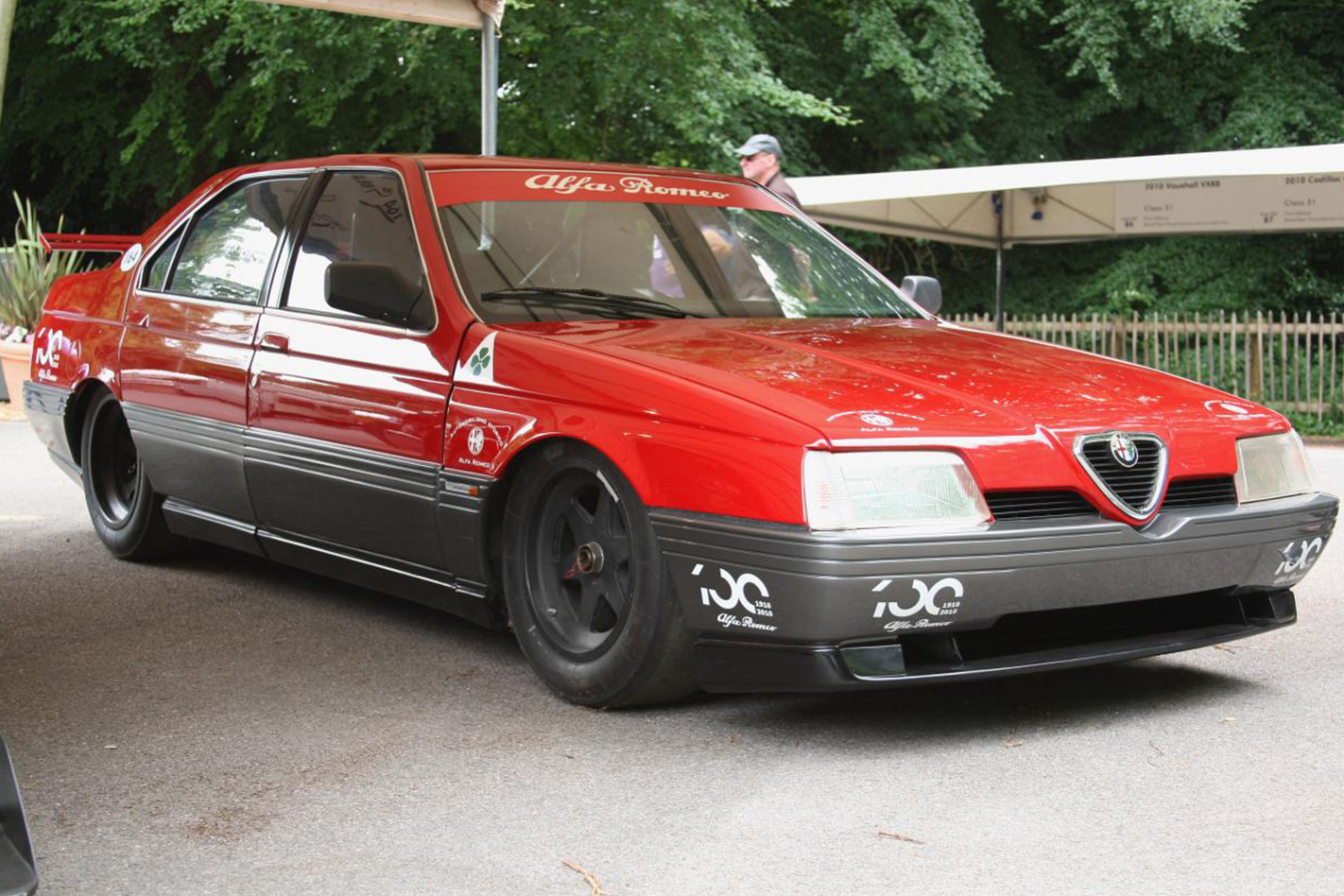
And now for something completely different. This is possibly the wildest ‘BT’ car – the Alfa Romeo 164 ‘Procar’.
What looks from the outside like a slightly beefed up ‘164’ road car is essentially a Formula 1 chassis and engine with the street car’s body stretched over the top.
Motor Racing Developments, the company that ran the Brabham F1 team from 1966 with various owners, was sold to Alfa Romeo in 1988.
While the F1 team did not compete that year, Alfa put the MRD engineers to work building a “procar” prototype of the 164 road car using a composite racing chassis and a mid-mounted V10 engine. It was given the BT57 designation, cementing its place in the Brabham lineage.
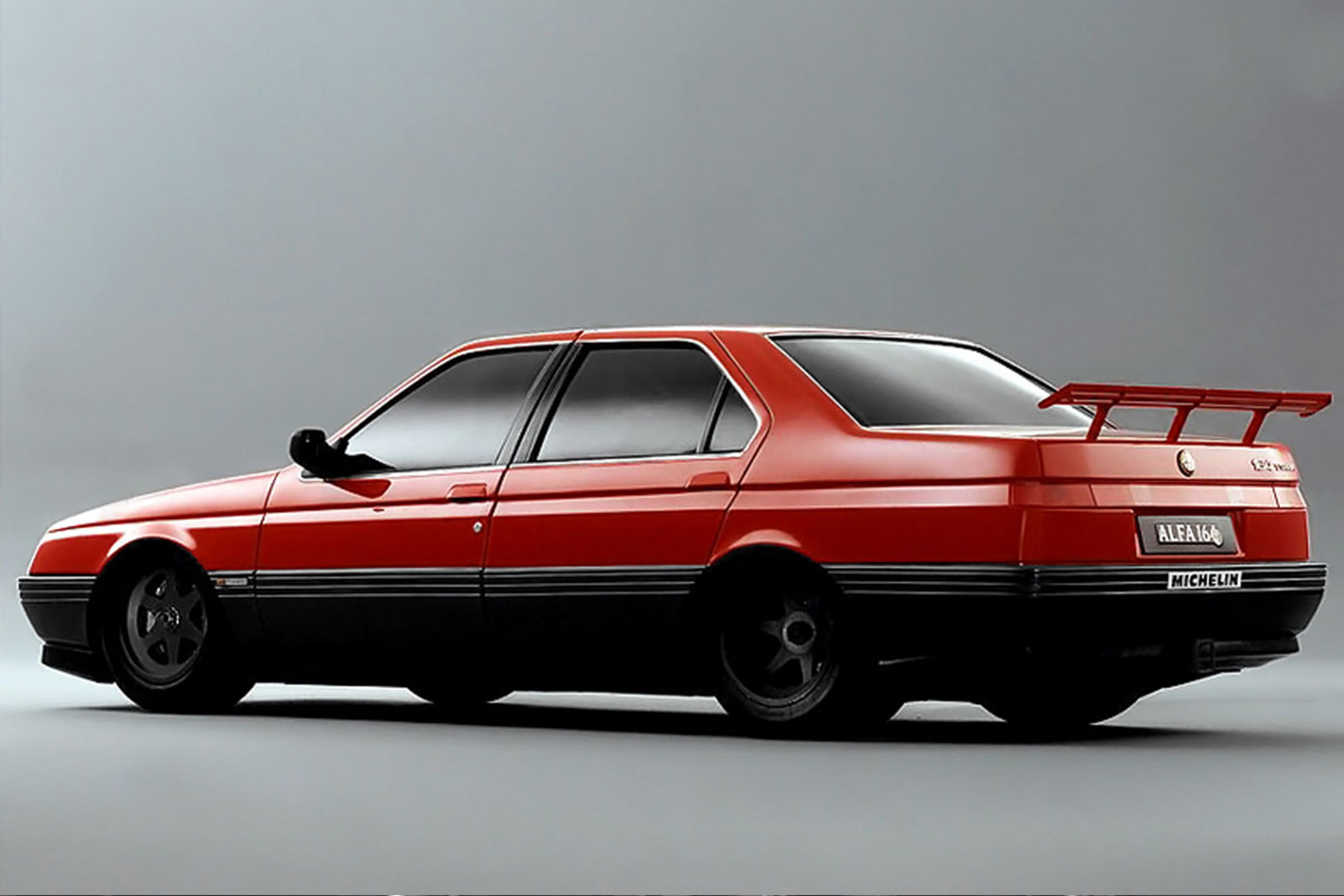
The mid-mounted 3.5-litre V10 was used by the Ligier F1 team, and produced 462kW at 13,300rpm, and 380Nm at 9500rpm.
In total the 164 procar weighed just 750kg, and was good for a 340km/h top speed and a 9.7-second quarter mile.
Although it was originally planned to run as a special support category at F1 events, the program was scrapped with just one example ever being built.


